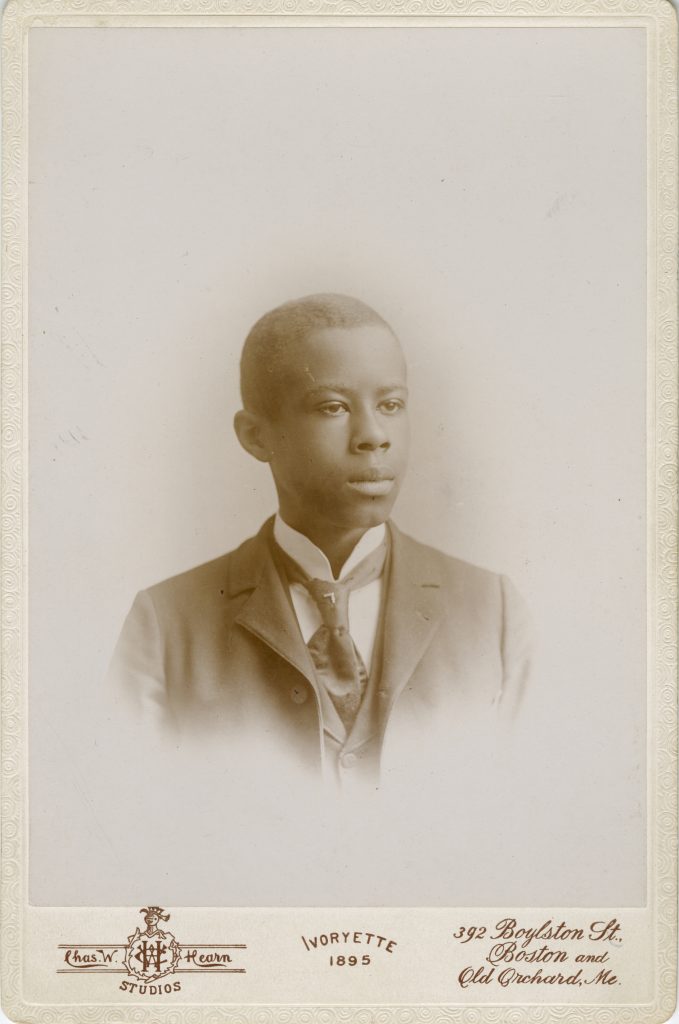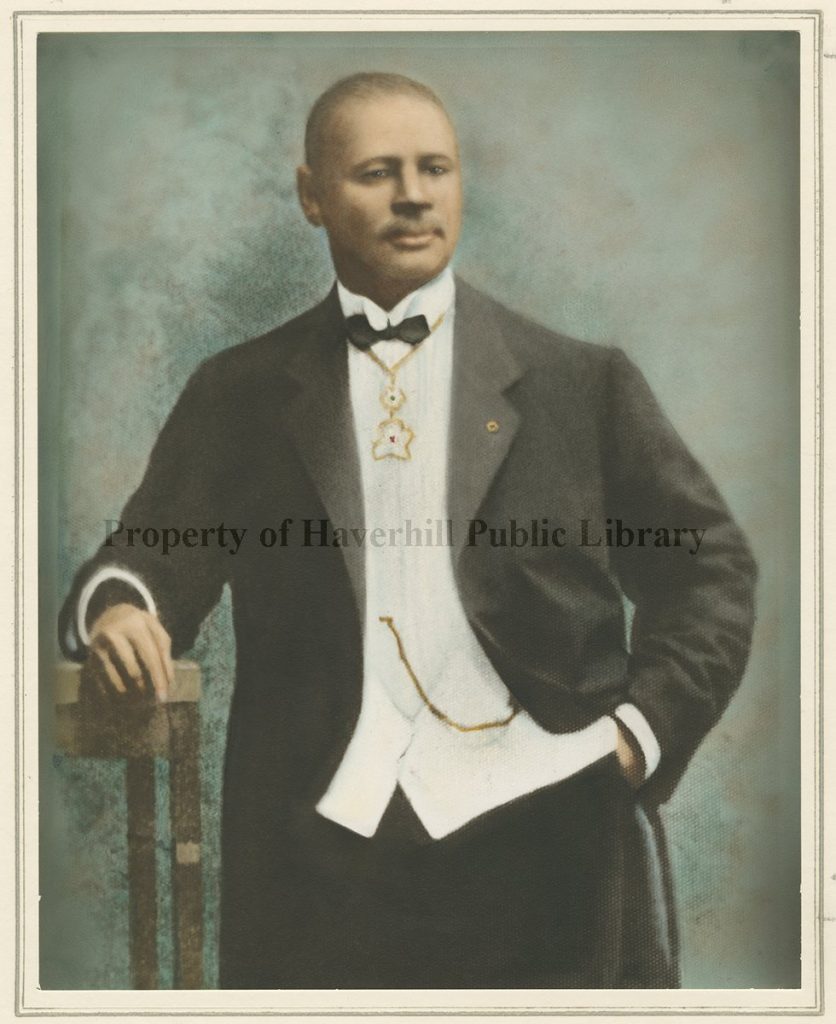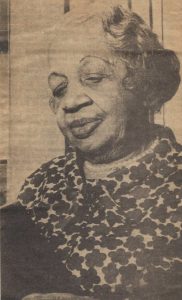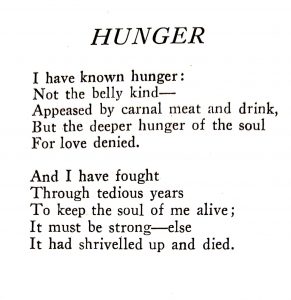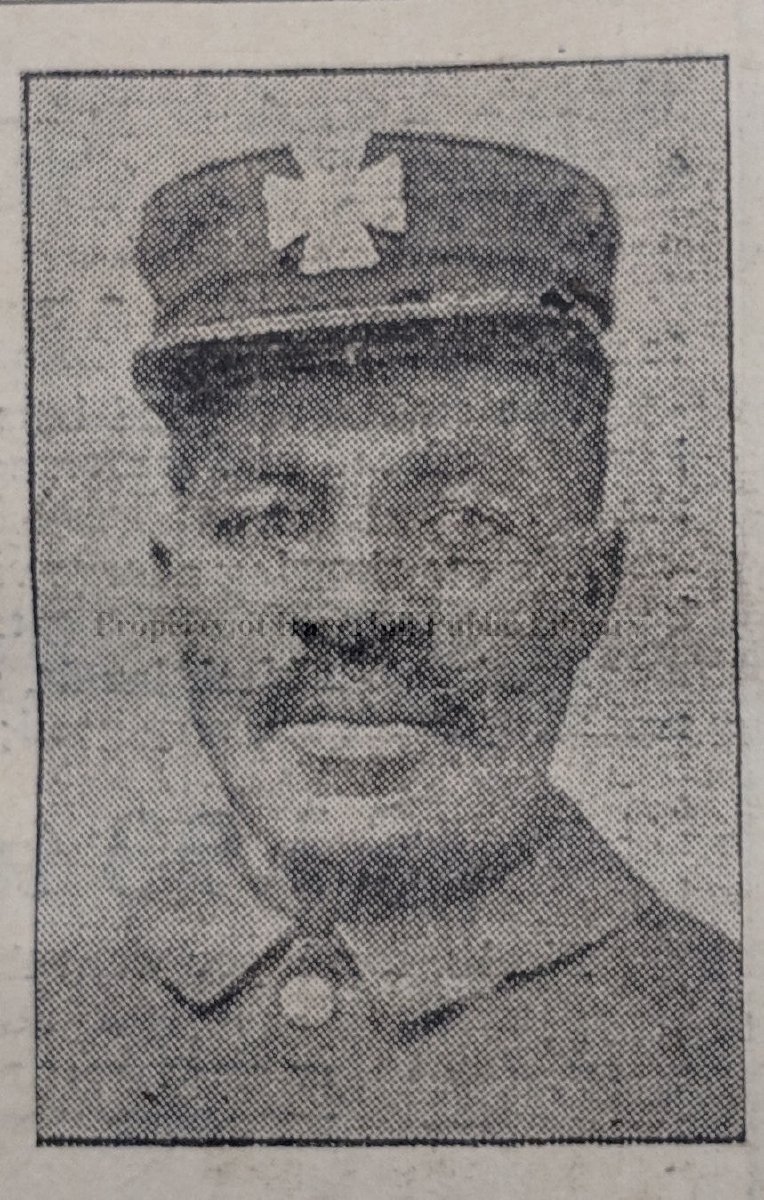
c1850 – 1911
Sidney Mason was the first African American firefighter in Haverhill. He was born in Virginia to enslaved parents, Charles and Delia Mason, and came to Bradford around 1871. He served as a police officer and appointed to the permanent staff of the fire department when the town of Bradford was annexed to the city of Haverhill in 1897. He was considered a hero for his work during the big City hall fire in Haverhill and was recognized as one of the best drivers the city ever had. After he retired, as a coachman for William B. Kimball.
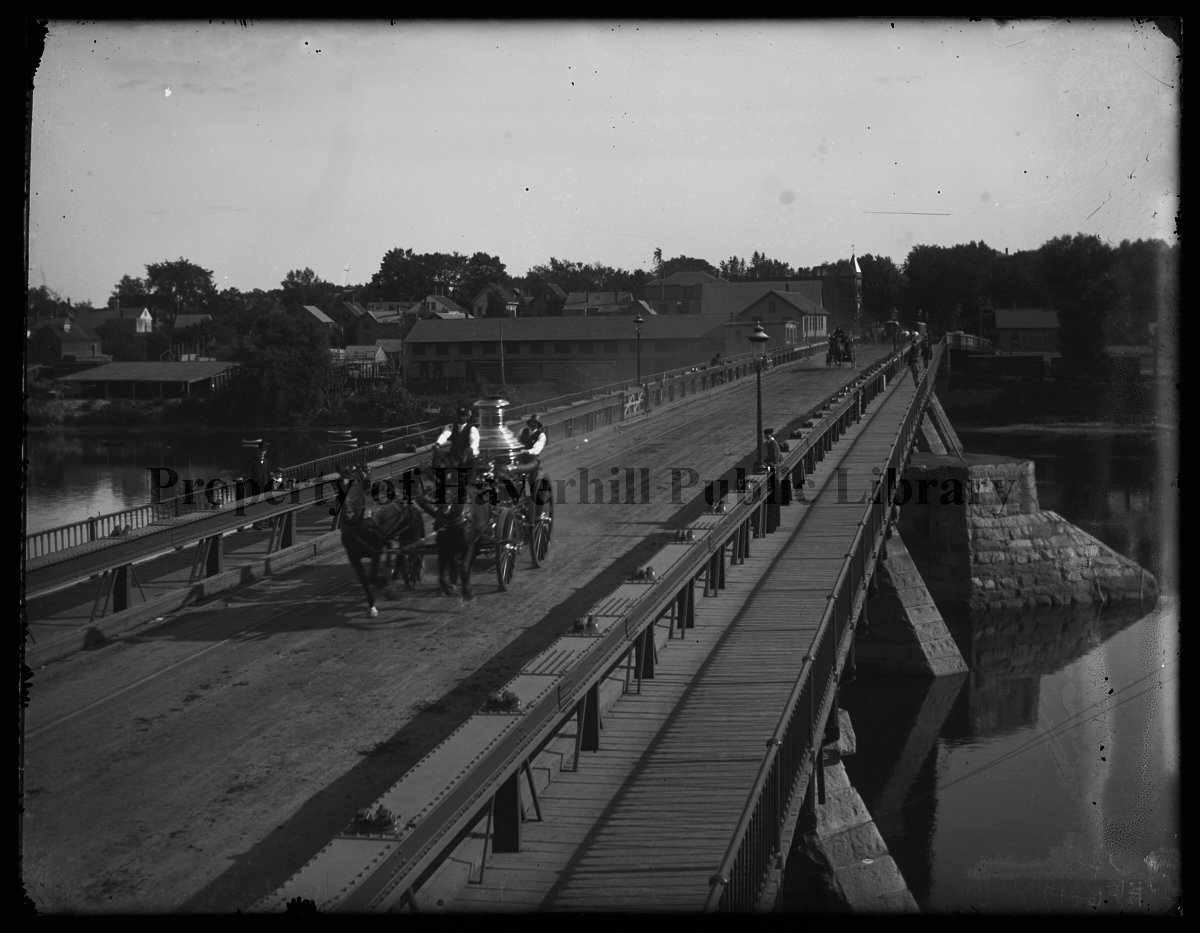
Mason led the African American community to organize their own church and their first meeting place was a barn, but from there grew into the flourishing Calvary Baptist church
Taken from his obituary “prior to his fire department appointment he was honored by the citizens of Bradford, who recognized his sterling qualities, his honest and earnest endeavors and a geniality of nature which won him friends where he met them.” And “he was kind and considerate to animals as he was toward me.”
Senator, 1917-1929, Liberia, West Africa
d. 1929
Joseph Roberts was one of the many freed slaves from the United States to return to Africa in the early 1800s. Arriving as a merchant to Liberia in 1829 and becoming the first Black governor of Liberia in 1842. His son and grandson came to Haverhill in the 1880s. Reverend Charles G. Roberts became the pastor of the Calvary Baptist Church in 1888 and Joseph’s grandson, Issac Roberts, was the first Black male to graduate from Haverhill High in 1895.
After graduation, Issac went into the catering and ice cream business in Haverhill and was a charter member of the Zion Congregational Church. He was an accomplished pianist and played the organ at the church.
In 1907, Issac returned to Liberia and stayed there for the remainder of his life. First, he taught school and then he became the superintendent of a rubber plantation. He was elected Senator of Sinoe County in Liberia for 12 Years.
In 1921, he started a trading and export business , working mainly with England and Germany. He owned three boats, operated two large warehouses and a sizeable coffee plantation. He died in Liberia in 1929 survived by his wife, Catherine (Cooper) Roberts of Liberia, and children Charles and Alice of West Medford, Massachusetts.
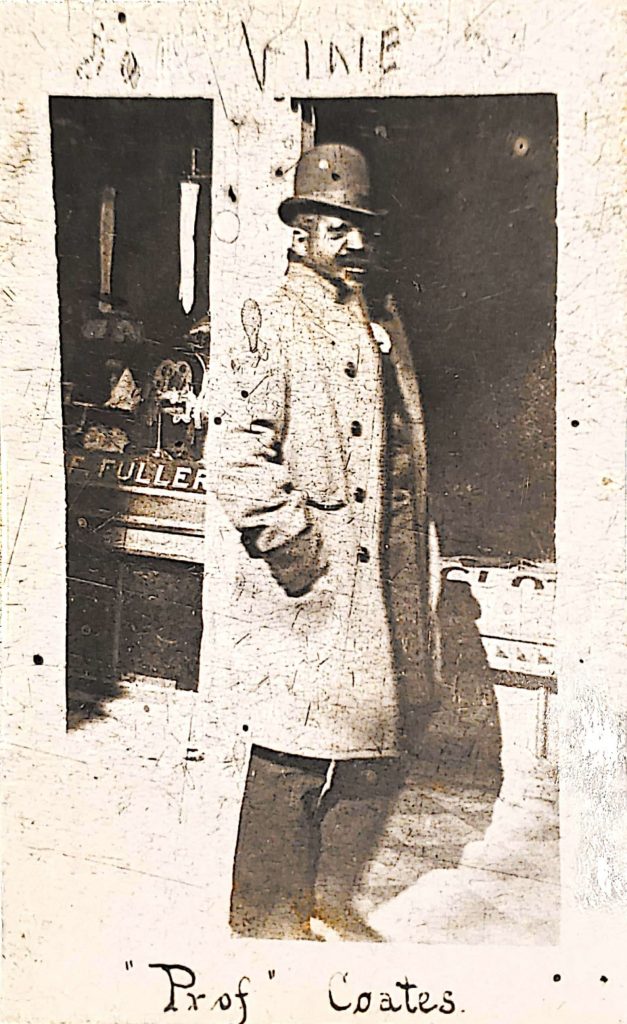
1844-1932
John H. Coates, better known as Professor Coates, was a well-known figure both in Haverhill and throughout New England where for many years he taught foreign languages and calligraphy in private academies and schools.
He was born in Prince George County, Virginia, in 1844, the son of Henry and Mary Coates. He was educated at an Academy in Worcester and at Brown University. In July 1864, at the age of twenty, he joined the Union Army in Washington, D.C. He was captured at Petersburg, Virginia and placed in prison. Shortly afterward, he was sold as a slave and taken to Mississippi. He escaped and rejoined his regiment in Texas in August 1865.
He was a member of Calvary Baptist Church and for many years the parish auditor. When he died, he was buried with full military honors in the G.A.R. lot at Hilldale Cemetery and his funeral was conducted by the officers of the Major How Post, G.A.R. at the Zion Congregational Church.
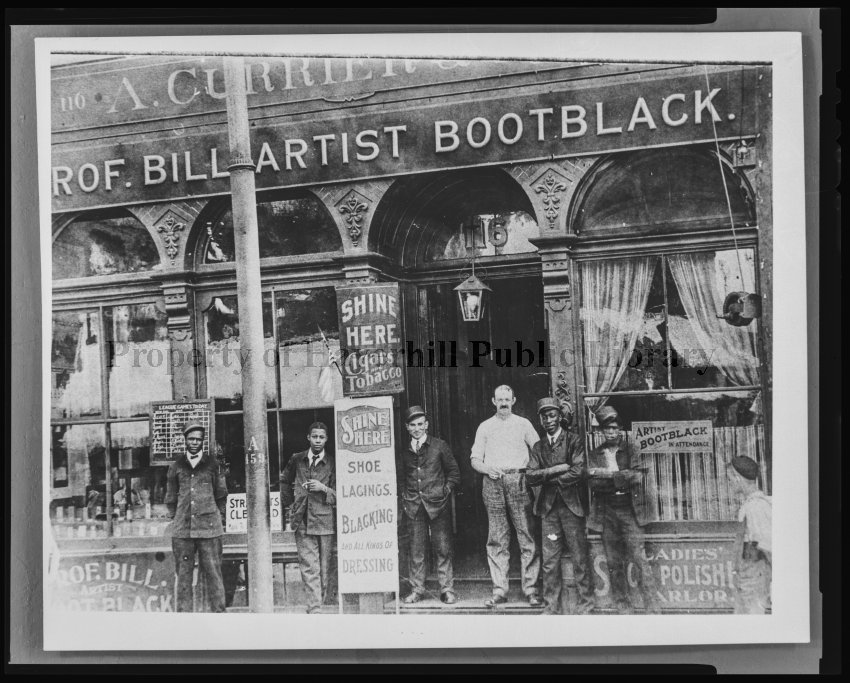
1873-1948
William Mobley was born in Kentucky and moved up North for better prospects. He started as a dog fancier and breeder, particularly Boston terriers, and was known far beyond Haverhill. This career won him many friends. Mobley sold a terrier to J. P. Morgan and became acquainted with the heavyweight boxing champion Jack Johnson who would visit Mobley at his parlor.
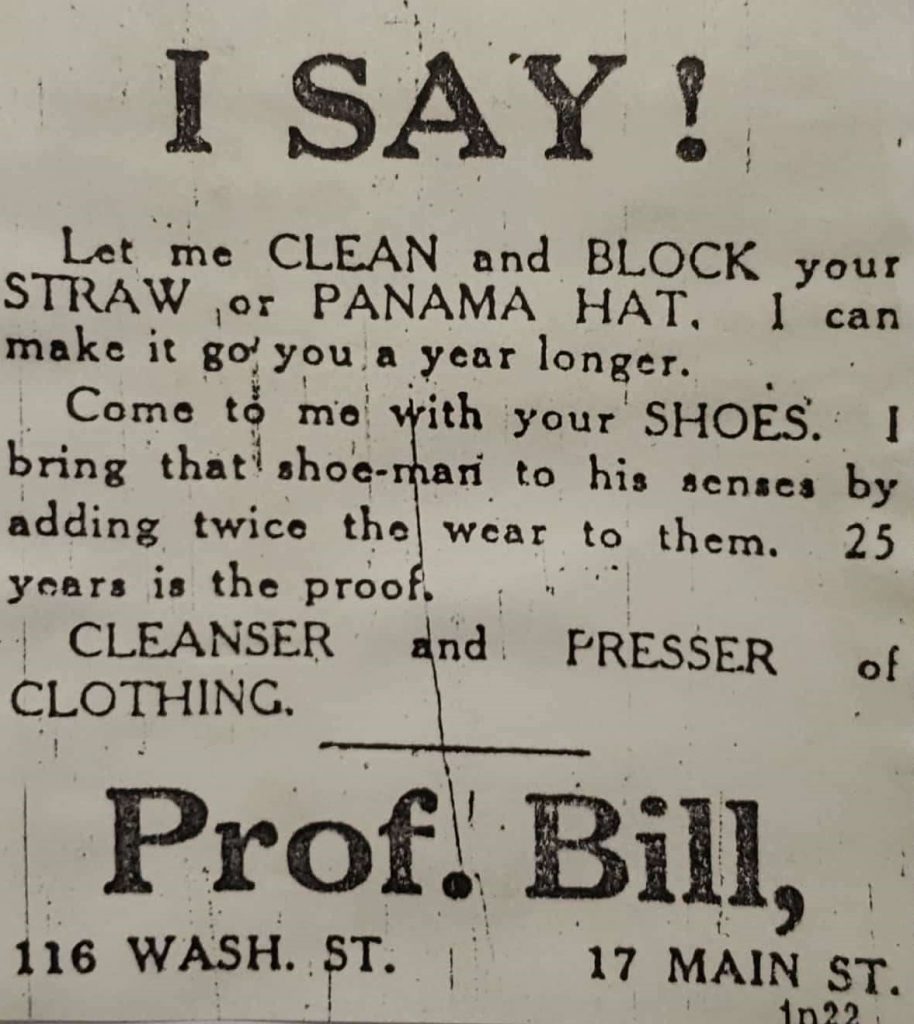
After arriving in Haverhill, Mobley, decided the city needed a shoe-shine parlor and began signing shoes on the street and soon rented 116 Washington St for his business. Many leaders of the shoe industry and politics would gather at his parlor in the morning, before taking trains to Boston, and later in the day on their return home. Though never holding office himself (nor would he accept) Mobley became a political observer whose “feel” for political trends made him scores of friends among state and local politicians and was known as a “soapbox orator.”
In the early 1920s, after taking a tip from a business friend, Mobley invested in the Stutz Motor Company and his profits were estimated at between $50,000 and $100,000. He invested his money well in theaters and real estate. At one time he owned the city’s largest theater, the Academy of Music on Merrimack St, the Majestic, and the Lafayette.
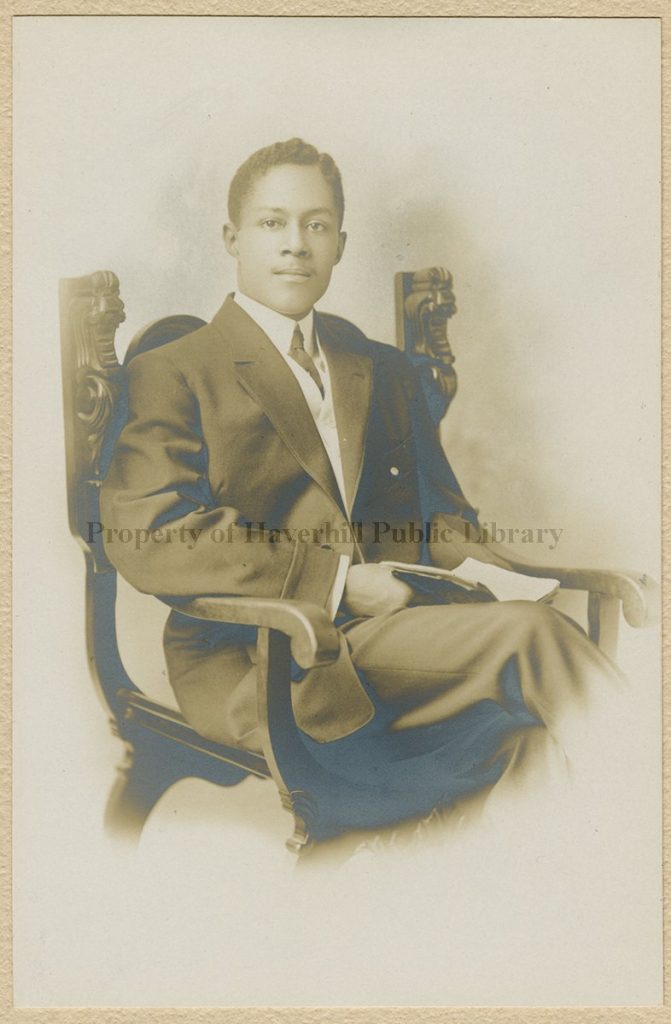
1891-1949
Claude Griffin was the elder son of Mr. and Mrs. William H. Griffin, owners of a small grocery store at 78 South Elm Street. When he was a junior at Haverhill High studying the violin. His promising musical career was cut short by a hunting accident which caused the loss of his left arm.
After graduating in 1909, Griffin began the study of shorthand and typing at the Downs Shorthand School at 91 Merrimack St. He mastered the principles and in six months was able to take dictation at a speed of 125 words a minute. In February 1910, he successfully passed the Civil Service Examination and his name was placed on an eligible list for employment with the government. His achievement was considered remarkable as he operated the typewriter with only one had, proving one could pass the exams with high honors while handicapped.
He accepted a position with the Board of Trade and was hired to make verbatim reports of the railroad gospel services at the Haverhill Station. He also worked for the Haverhill Law offices of Peters, Cole, and Tilton before moving to Jamaica, Long Island, New York.
Frances Cole Lee was born in Haverhill on October 8, 1884, and was the daughter of the late Benjamin and Annie Cole. Her grandmother came to Haverhill from Georgia after the Civil War.
She attended Haverhill High at the turn of the century where she met and later married Joseph H. Lee Jr., an outstanding athlete Class of 1901. Joseph Lee played four years of football and baseball and was outstanding in track. Lee was inducted into the Haverhill Sports Hall of Fame on May 22, 1981.

c. 1881 – 1955
Mrs. Lee began writing rhymes when their three children were small, just to amuse them. Later she went to the Library and read books on the technique of writing poetry and perfected her style. She had 300 of her poems published, mostly in newspapers. “Opal Dust,” an anthology of her poetry, was published in 1944.
Frances Cole Lee was honored in 1939 by having her poem “For Love of Life” on display at the New York World’s Fair in the National Poetry Center. In 1945, she received first prize from the National Literacy Guild for the poem “Sing of Peace.” She also wrote many articles for newspapers on the issue of racial discrimination.
She had no favorite topics when it came to writing poetry. In her own words she explained, “I write about everything; religious poems, war, nature… I write about life as I see it, as I’ve lived it myself and as I see others live it.”
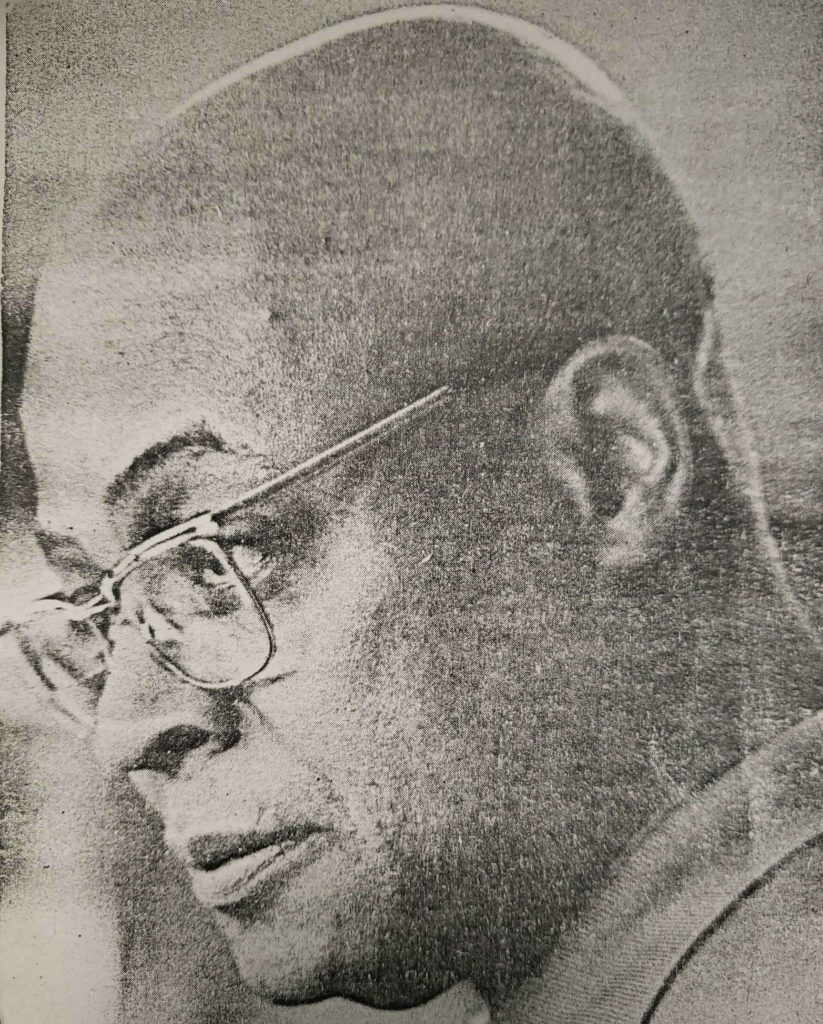
Supervisor at Western Electric
1918-1979
Charles F. Haig was born in Eastern, Maryland on May 13, 1918 and is the son of William H. Haig M.D. and Suzanne C. (Dublin) Haig. He and his family came to Haverhill in 1946. Charles was a graduate of Lindblom High School in Chicago and earned an Associate’s Degree from Wilson Junior College also in Lindblom. He received his art training at the Chicago Art Institute.
Mr. Haig had a studio at 1 Maple Avenue, Haverhill, where he gave art instruction to children and adults on water colors, oils, charcoal, and pencil drawing. His own specialty was portrait painting and figure drawing. Haig’s first solo show was at Bradford College in 1951. The collection included four portraits, four still -life, and twenty-one Haverhill street scenes. His art had been previously shown in New York, Washington, and Chicago. Mr. Haig was elected first president of the former Haverhill Arts Association and was a member of the Greater Haverhill Arts Association.
Charles Haig retired in 1975 as a supervisor at Western Electric Company in North Andover where he was employed for twenty-four years in the personnel department. He was a member of the Communication Workers of America, AFl-CIO, for eleven years and a union steward for seven years. He was a national convection delegate for two years and was co-chairman of a specially appointed committee to solve problems at the Local 1365 Merrimack Valley Union.
As a civic leader Haig served the community as a member of the Haverhill Public Schools Advisory Board and director of the Merrimack Valley Federal Credit Union. He also worked on several committee projects including blood banks, revision of benefit plans, and tool maker training at Western Electric. He is buried in the Elmwood Cemetery.
